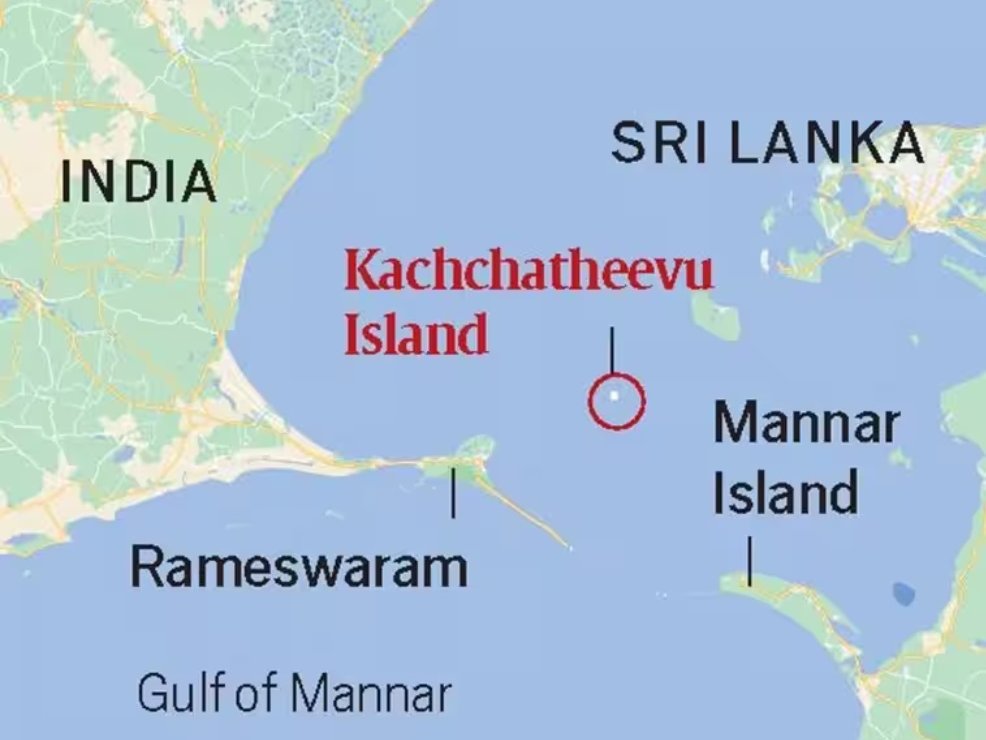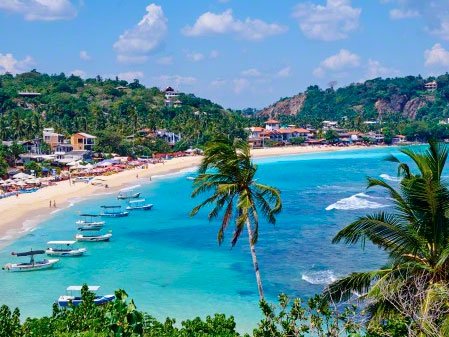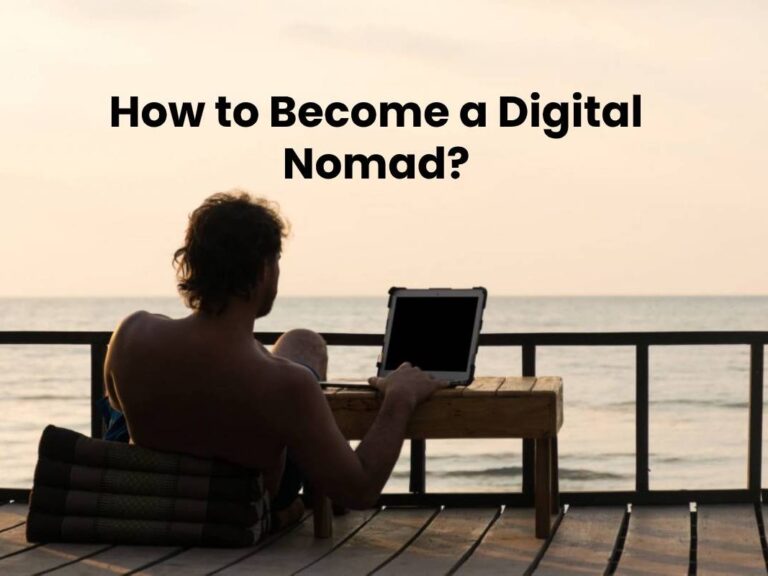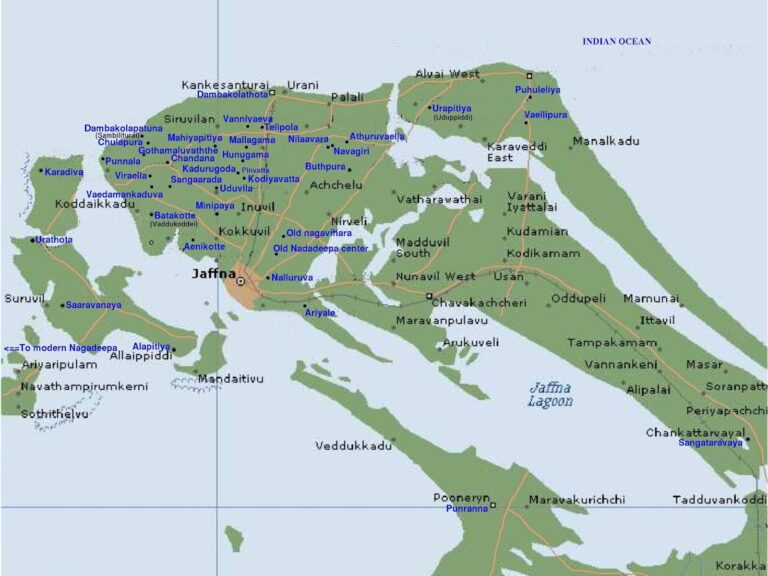Katchatheevu Unbound: Charting a Shared, Sustainable Tourism Future Between Nations

Introduction
In the global tourism economy, uncharted and symbolic spaces often hold the greatest potential for transformation. South Asia is home to one such site—Katchatheevu (Kachchatheevu) Island, a tiny, uninhabited landmass of 285 acres resting in the Palk Strait.
Though remote, politically sensitive, and only seasonally accessible, this island could become one of the world’s most fascinating examples of heritage-driven, eco-conscious, cross-border tourism. In this article, I outline a practical vision to transform Katchatheevu into a shared international destination—one that safeguards its sanctity, generates livelihoods, and builds diplomatic bridges.
1. Understanding the Present Context
Katchatheevu is an island marked by paradox. On the one hand, it is uninhabited, with no permanent settlements, utilities, or infrastructure. On the other, it hosts one of the most powerful annual religious gatherings in the Indian Ocean—the St. Anthony’s Shrine Festival, which in 2012 alone drew 3,768 pilgrims ferried across by more than 140 boats.
The island’s sole structure, St. Anthony’s Shrine, stands as a beacon of shared faith for both Sri Lankan and Indian Catholic fishing communities.
Yet Katchatheevu also sits at the heart of maritime disputes, particularly between Sri Lanka and Tamil Nadu. Calls for its retrieval surface regularly, with as recent as April 2025 witnessing another resolution by the Tamil Nadu Assembly.
This political context makes any tourism vision complex—but also deeply significant.
2. Why Katchatheevu Matters for Tourism
Transforming Katchatheevu into a managed, international tourism site offers multiple benefits:
- Cultural Diplomacy – A neutral ground for Sri Lanka and India to showcase cooperation through pilgrimage and cultural tourism.
- Economic Diversification – An additional attraction in Sri Lanka’s Northern Province, complementing Jaffna, Delft Island, and Mannar.
- Community Livelihoods – Providing structured opportunities for fisher families on both sides to serve as guides, operators, and cultural ambassadors.
- Eco-Leadership – Demonstrating how fragile, contested islands can be conserved while allowing controlled tourism flows.
3. Strategic Vision: A Phased Approach
A three-phase model offers a pragmatic, non-disruptive pathway:
Phase 1 – Pilgrimage-First Tourism (Years 1–2)
- Extend the festival season into biannual pilgrim cycles.
- Introduce visitor pre-registration systems with quotas.
- Strengthen safety—licensed ferries, lifejackets, and medical posts.
- Build a zero-waste policy supported by portable waste systems.
Phase 2 – Cultural Heritage & Storytelling (Years 3–5)
- Develop heritage trails: showcasing marine history, fishing traditions, and interfaith harmony.
- Train local guides from Jaffna and Tamil Nadu fisher communities.
- Introduce birdwatching and marine biodiversity tours.
- Document oral histories to preserve intangible culture.
Phase 3 – Eco-Retreat Expansion (Years 5–8)
- Establish floating eco-lodges off-island, powered by renewable energy.
- Develop partnerships with high-end operators for low-volume, high-value stays.
- Introduce marine conservation centers, funded by tourism revenue.
4. Learning from Global Case Studies
The world offers precedents for how small, sensitive islands can manage tourism:
- Lalibela, Ethiopia – UNESCO-designated rock-hewn churches attract pilgrims while enforcing preservation rules.
- Mont-Saint-Michel, France – A tidal island handling over 2 million visitors annually with zoning, shuttle systems, and strict environmental protection.
- Koh Phi Phi Leh, Thailand – Once overrun, it was closed in 2018 for ecological recovery, reopening later with quotas and conservation fees.
- Skellig Michael, Ireland – A monastic island with limited daily permits, demonstrating how heritage and biodiversity can coexist with controlled tourism.
- Mount Athos, Greece – Pilgrimage-only zone with gender-based restrictions, proving even extreme quotas can sustain cultural tourism.
- Bouma National Heritage Park, Fiji – A community-managed site reinvesting 80% of visitor revenue back into local villages.
These examples show that Katchatheevu’s transformation is not only possible—it is globally precedented.
5. Economic Modeling
Let us project a conservative, sustainable model:
- Phase 1 (Pilgrimage Tourism) – 5,000 pilgrims annually, spending USD 100 each (transport, food, service fees) = USD 500,000/year.
- Phase 2 (Cultural Heritage Tours) – 2,000 eco-tourists annually, spending USD 200 each = USD 400,000/year.
- Phase 3 (Eco-Retreat Visitors) – 500 high-value tourists annually, spending USD 500 each = USD 250,000/year.
Total over 8 years: ~USD 1.15 million inflow, with 40% directed toward conservation and community projects.
This is modest but realistic—focused on quality, not volume.
6. Environmental Safeguards
Katchatheevu’s marine and coastal ecosystems demand strict protection. Safeguards must include:
- Carrying Capacity Studies – Limit daily visitors based on ecological assessments.
- Zero-Littering Policy – No plastics, all waste shipped back to the mainland.
- Renewable Energy – Floating solar and wind units powering retreat facilities.
- Marine Conservation Zones – Protecting coral, mangroves, and fish spawning grounds.
- Seasonal Closures – Barring access during breeding or migratory bird seasons.
7. Governance & Stakeholder Engagement
Tourism at Katchatheevu must be multi-stakeholder:
- Sri Lankan Government & SLTDA – Lead planning, regulation, and licensing.
- Indian Pilgrimage Authorities – Facilitate cross-border coordination for pilgrim flows.
- Catholic Church – Custodian of St. Anthony’s Shrine, central to heritage preservation.
- Local Fisher Families – Integrated into boat services, guiding, and cultural shows.
- Environmental NGOs – Monitor impact and ensure compliance with safeguards.
A joint management council could oversee operations, ensuring transparency and balanced representation.
8. Diplomacy & Cross-Border Potential
Tourism is not just economics—it is diplomacy.
Katchatheevu could serve as:
- A “shared pilgrimage site”, where India and Sri Lanka demonstrate harmony.
- A neutral meeting space for interfaith and intercultural events.
- A symbol of reconciliation, both for Jaffna’s war-torn communities and Tamil Nadu’s fisherfolk.
Handled sensitively, this could transform a disputed space into a peace-building platform.
9. Community Benefits
The transformation must directly benefit local people:
- Jobs & Skills – Training fisher families as guides, operators, and eco-lodge staff.
- Revenue Sharing – At least 30–40% of fees reinvested in coastal community projects (schools, health, sanitation).
- Women’s Involvement – Opportunities in food services, crafts, and storytelling.
- Youth Engagement – Marine research internships, eco-guardianship programs.
By embedding community ownership, Katchatheevu can avoid the pitfalls of extractive tourism.
10. A Balanced Vision
Katchatheevu must remain sacred, unspoiled, and diplomatically neutral. Tourism should not overwhelm or commercialize the island—it should amplify its spiritual and cultural essence.
The model I propose is not about mass tourism. It is about:
- Limited numbers
- High-value experiences
- Deep respect for faith and environment
In this way, Katchatheevu can emerge as a world-class example of sustainable island tourism.
Conclusion
“Katchatheevu Unbound” is more than a tourism proposal—it is a vision of cultural reconciliation, sustainable development, and shared heritage. Through structured pilgrimage, curated cultural immersion, and carefully managed eco-tourism, Sri Lanka can transform Katchatheevu into a beacon of transnational harmony and environmental stewardship.
Handled with care, this small island could tell a very large story—of how nations can cooperate, communities can thrive, and tourism can be a tool for peace.
Disclaimer
This article has been authored and published in good faith by Dr. Dharshana Weerakoon, DBA (USA), based on publicly available data from cited national and international sources (Sri Lanka Tourism Development Authority, Central Bank of Sri Lanka, international tourism monitors, conservation bodies), decades of professional experience across multiple continents, and ongoing industry insight. It is intended solely for educational, journalistic, and public awareness purposes to stimulate discussion on sustainable tourism models. The author accepts no responsibility for any misinterpretation, adaptation, or misuse of the content. Views expressed are entirely personal and analytical, and do not constitute legal, financial, or investment advice. This article and the proposed model are designed to comply fully with Sri Lankan law, including the Intellectual Property Act No. 52 of 1979 (regarding artisan rights and design ownership), the ICCPR Act No. 56 of 2007 (ensuring non-discrimination and dignity), and relevant data privacy and ethical standards.
✍ Authored independently and organically through lived professional expertise—not AI-generated.
Further Reading: https://dharshanaweerakoon.com/fathom-five-fisheries-pioneering-underwater-culinary-journeys-in-trincomalees-historic-shipwreck-alley/
Additional Reading: https://www.linkedin.com/newsletters/7046073343568977920/






